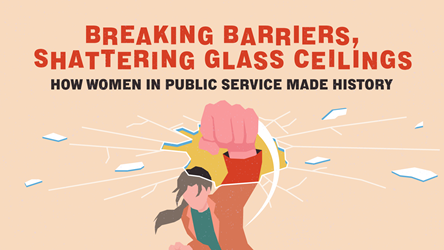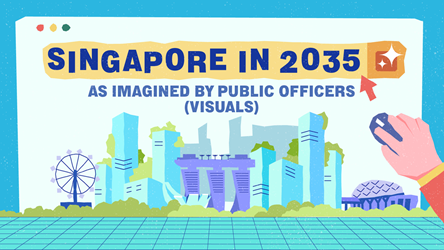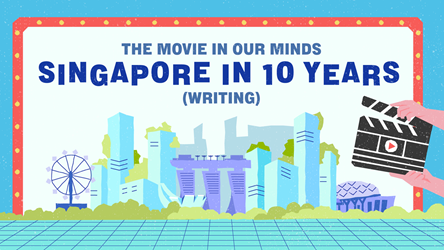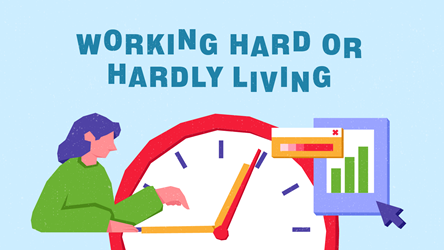Towards a Design Democracy
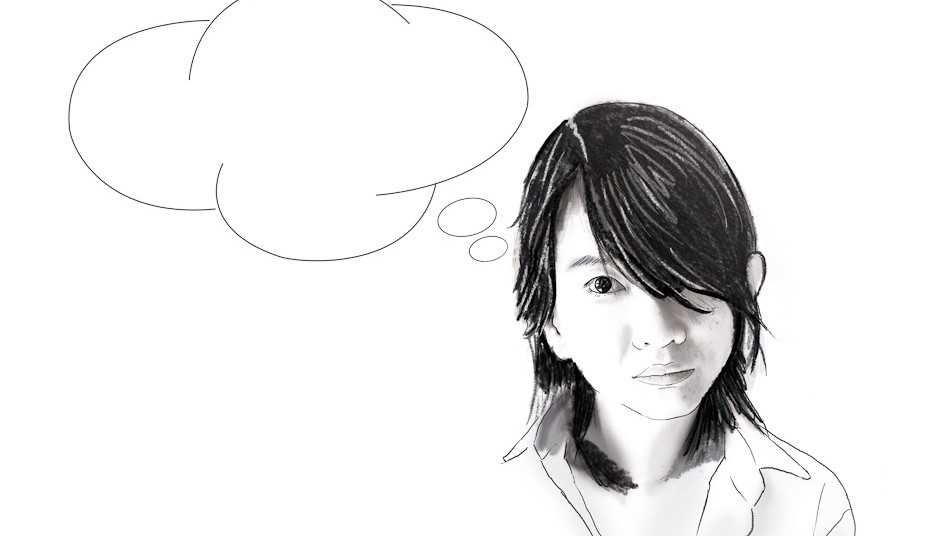
I aspire to become a design democrat. Perhaps it’s genetic.
When my Dad asked my 6-year-old nephew: “What do you want to be when you grow up?” He exclaimed: “A doctor!” My Dad told him: “Then you have to be a good doctor, remember never to charge any sick person who has no money.”
A doctor can save the world. An architect, too, can save the world. Idealistic as it sounds, we should thank God that, in this practical world where most people are probably more concerned with splurging on themselves, some selfless people still believe in saving the world. Organisations such as Doctors without Borders and Architecture for Humanity are ready platforms where professionals can plug in to make less fortunate lives better.
So, can a designer as an individual save the world?
I think if each of us does something in our own small ways, the world will be a better place. If I apply the good doctor theory prescribed by my Dad – of giving to those who can’t afford – I suppose that is one way to save the world. If ever I could design something, free for all, to make lives better that would be one step up.
If every designer designs something like a pair of chopsticks, recorded to be invented 3000 years ago – so simple, cheap and yet one of the most effective ways to make lives easier – with no copyrights, then everyone could reproduce it, everyone could have it.
This is design democracy at its simplest and best: design is within reach of everyone regardless of who they are and what they do, and not reserved only for the elite.

It seems the other way around today – designers design for money, fame and vanity.
It is worrying when famous designers advocate, as Karim Rashid puts it in his book I Want To Change The World: “Now design is not about solving problems, but about a rigorous beautification of our built environments.”
Suddenly design becomes superficial when designers become superstars and preach self-prescribed theories like charlatans. Rashid’s whimsical, flamboyant designs in shocking pink, lime green, baby blue, bright orange are more like products of creative freedom – where budget is no issue – than designs to solve problems.
Beautifying our built environment is important, but it should not be only when clients pay big money.
It is easy for designers to criticise that things around us aren’t well-designed. This happens as most good designers refuse jobs they think do not pay well, so design becomes an elitist engagement. That said, I have seen how many clients try to dictate the creative process which is a killjoy for designers, leading them to think, “I might as well charge a lot so that the pain is worth it.” So if clients can respect the design process, it would encourage more designers to design whether it is high-pay, low-pay or no-pay.
At our studio, we have big clients, and also “clients” with no money, mostly non-profit organisations. We have never turned down a pro bono job no matter how busy we are, as we believe in giving back to society, playing the good doctor in ways we enjoy, using skills we know.
If every designer can contribute a little to people who need design but with no money, utopian as it may sound, we could build a design democracy in Singapore, regardless of race, language or religion.
Kelley Cheng is creative director of design and publishing consultancy The Press Room. She regularly serves on the judging panels of local and Asian design awards. She won the Society of Publishers Asia award three times when she was editor of design magazine iSh and is now editor-in-chief of Singapore Architects magazine.
- POSTED ON
Jan 18, 2011
- TEXT BY
Kelley Cheng





